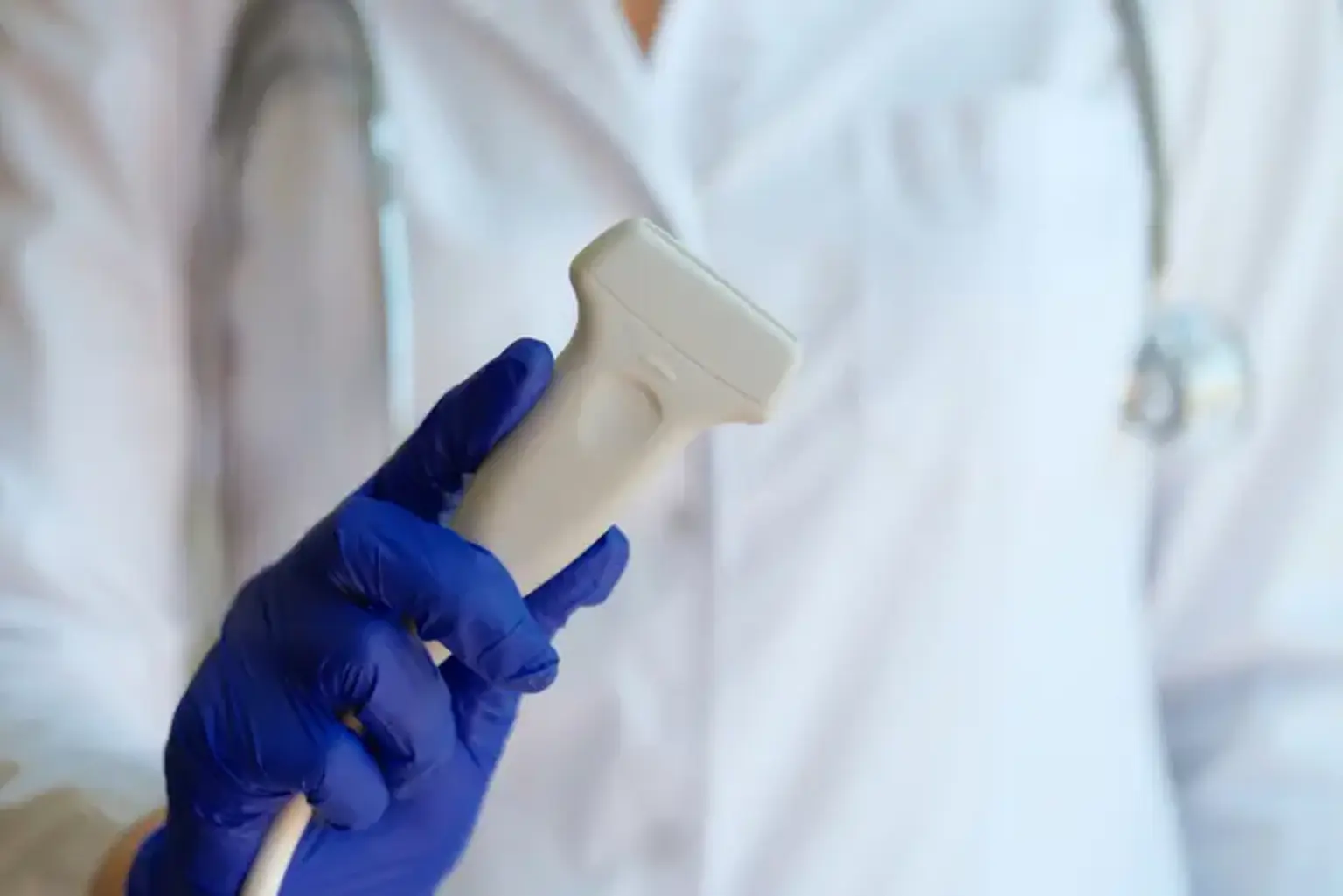Transcranial Doppler (TCD) Ultrasound
Overview
TCD ultrasonography is a painless test that uses sound waves to detect medical issues that alter blood flow in your brain. It can identify strokes caused by blood clots, restricted blood channel sections, vasospasm produced by a subarachnoid hemorrhage, micro blood clots, and other conditions. Discover how the operation is carried out.
